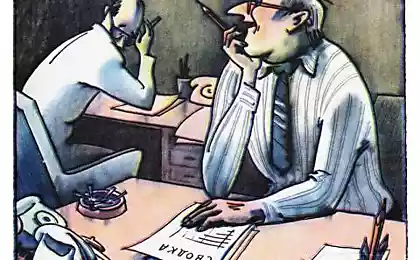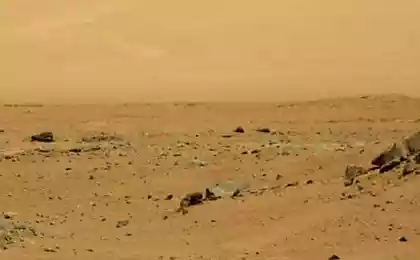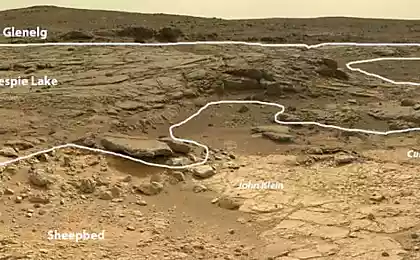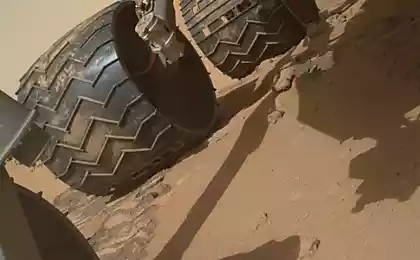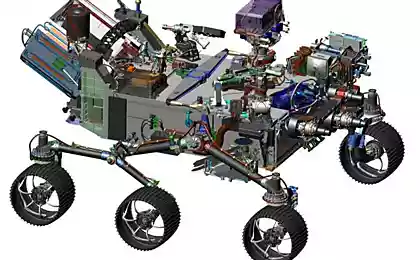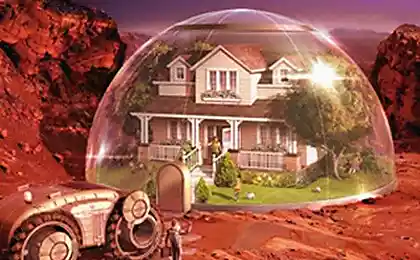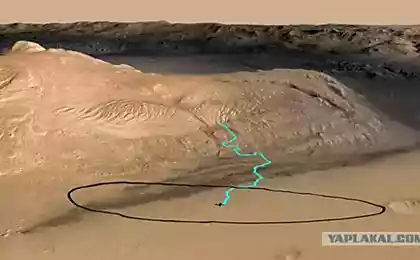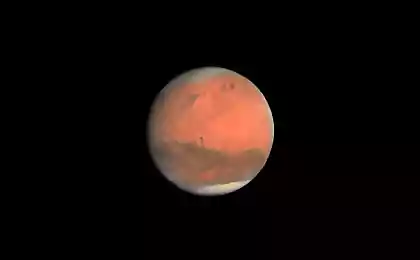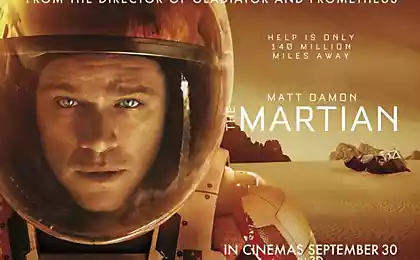1344
Why spacecraft transmit only photos and not video?
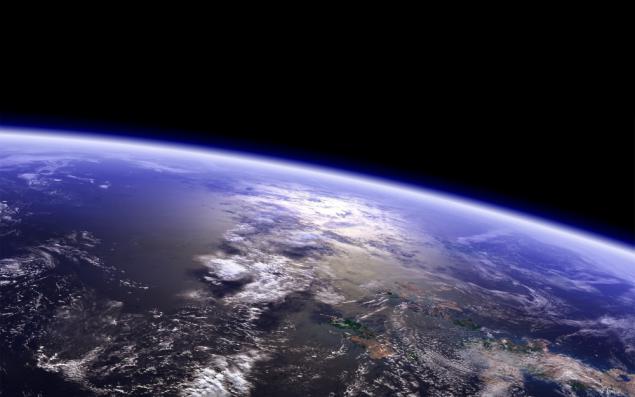
Images transmitted by the spacecraft interplanetary stations, rovers, probes, admired by many people. Of course, first of all, images for analysis are scientists - on photographs artisan can make a detailed study of the region or facility. Currently tens of thousands of pictures of the cosmos, the planets, the devices themselves.
But why not a video? After all, as would have been interesting to see watch the movie wherever Pluto was demonstrated, for example (station New Horizons was awake). But there is only the pictures and videos in the near future will not (except for animations). This is due to three main reasons.
Объяснение should give the example of the rover Curiosity. This is one of the most sophisticated devices that are currently beyond the Earth, on another planet.
Reason 1. Very narrow channel data b>
Despite all the perfection of the design of the rover, the information to Earth (directly) delivered at a rate 500-3200 bps. It is much smaller than even the old dialup.
The rover can transmit data at a higher rate on an orbiting satellite of Mars. This opens up the possibility of transferring about 31 MB of data per day. At the same time he makes an orbiting satellite images of the surface of Mars, plus analyze large amounts of information. Accordingly, the satellite also have a lot of data to be transmitted. A data channel with an orbiting satellite to Earth - too narrow. By the way, the data from the spacecraft to Earth passed through a network Deep Space Network Now (see load different channels here ) .
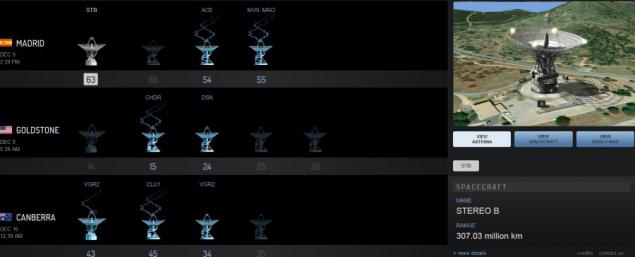
Here you can see some of the ground antennas involved, and what the unit now transmits data
Yes, and a lot of science to yield low-quality video 31 MB? Hardly more than a series of relatively high-quality images that, if desired, can be put together in an animation sequence.
The second reason - lack of suitable equipment on machines
At the same Curiosity, not to mention the other devices, simply do not have the right equipment, the ability to shoot video. When designing the rover scientists planned to place high-quality camera with a zoom lens, stereoscopic "vision" and other buns. But NASA budget savings are not allowed to do so. Placing less quality camera functionality, administrators of science have saved 1, $ 5 million (this is 0, 1% of the total budget of the project).

Stereoscopic images can do, but the functionality of the camera is very limited. For example, you can not zoom in or zoom out - no zoom.
In other spacecraft chamber also not suitable for video and data transmission channel for more narrow than the rovers.
Those "animation" do also not so easy - in fact it needs to consistently shoot area, each time with a slight change of focus. Accordingly, we get a huge amount of data to be transmitted to Earth. But this is impossible, since the width of the link - is limited (see. Above). And besides, there are other Curiosity Mars rovers, if we talk only about Mars. On Earth rover transmits information once a day.
If you change the media with radio waves on the laser - then, perhaps, scientists will be able to get much more information per unit of time than now.
Reason Three - low scientific value video
Yes, look at how the Earthrise on Mars in real time would be great. But it's fun for the layman. A scientific value of video is much lower (in this case) than the value of high-quality high-resolution photos.
In the photo you can see a lot of things, including the structure of rocks, or the shape of the comet's nucleus. Consider the same for this purpose video - is meaningless.
By the way, the ISS has multiple cameras, HD-video transmission in real time. The astronauts to the ISS transmit video. But this - the exception rather because not so long ago the ISS has received very wide channel of communication with the Earth. Yes, and transmit data from the orbit of the Earth one, and with the orbit of Mars, or even more so, Pluto - is another matter.
Source: geektimes.ru/post/242715/




